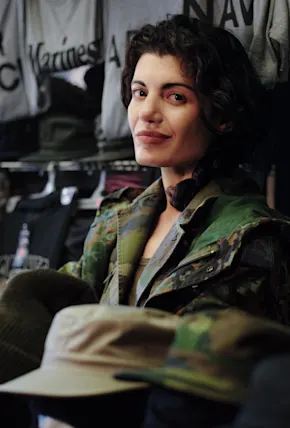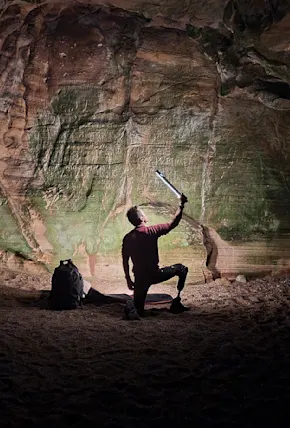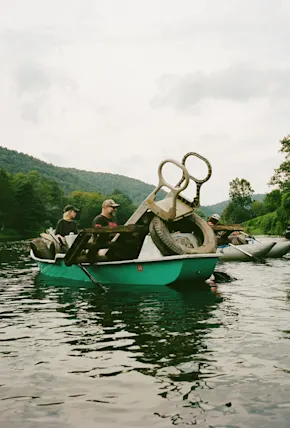Know anyone that's been to Japan and they'll surely have mentioned vending machines at somepoint in their storytelling. The metal wonders are everywhere, and filled with the most wonderful stuff. For Field Mag Editor-at-Large Tanner Bowden, his own enlightenment journey started when he first traveled to Japan to race the 2023 Tokyo Marathon. With an old film camera packed to document his trip, he soon found himself studying the machines placed neatly in rows throughout the country. After a second trip, Tanner made the decision to share his well documented obsession with the world, editing a collection of original photos into “The Observer’s Guide to Japanese Vending Machines,” a self published photo book now available now.
If you’ve never traveled to Japan, it might be surprisingly to hear how widespread these vending machines really are. A stretch of four or five might line the entrance to a train station, while a small canopy could shelter just one or two machines down an unassuming alley-sized street in Tokyo. Smaller towns house their local population of vending machines, but the show of scale and variety in the country’s major cities are impressive to the visitor taking notice.













